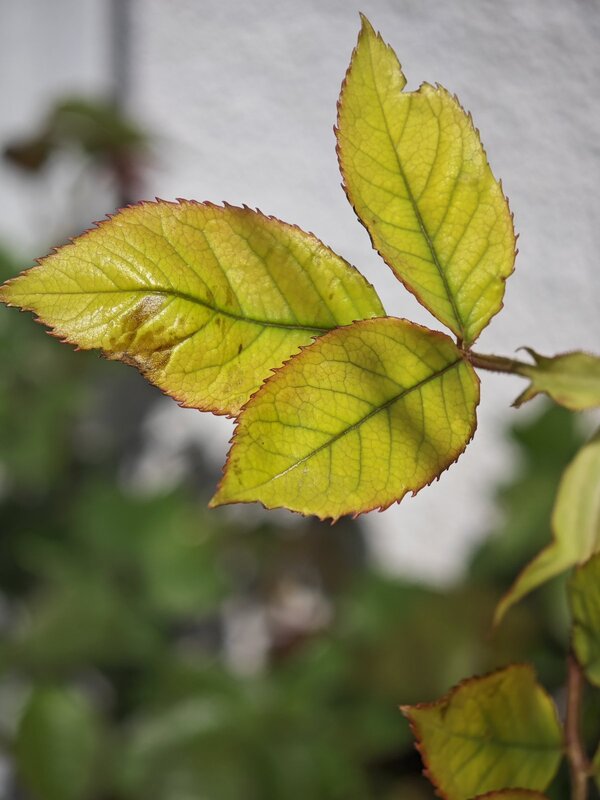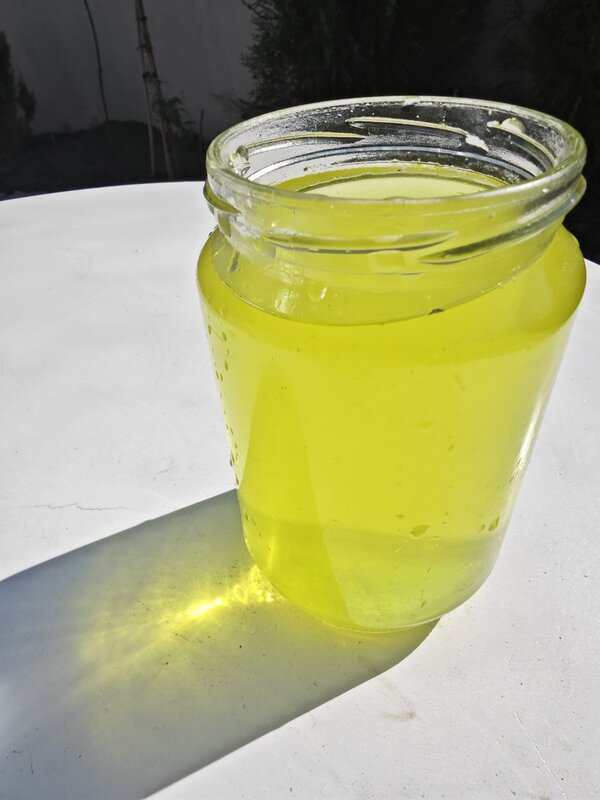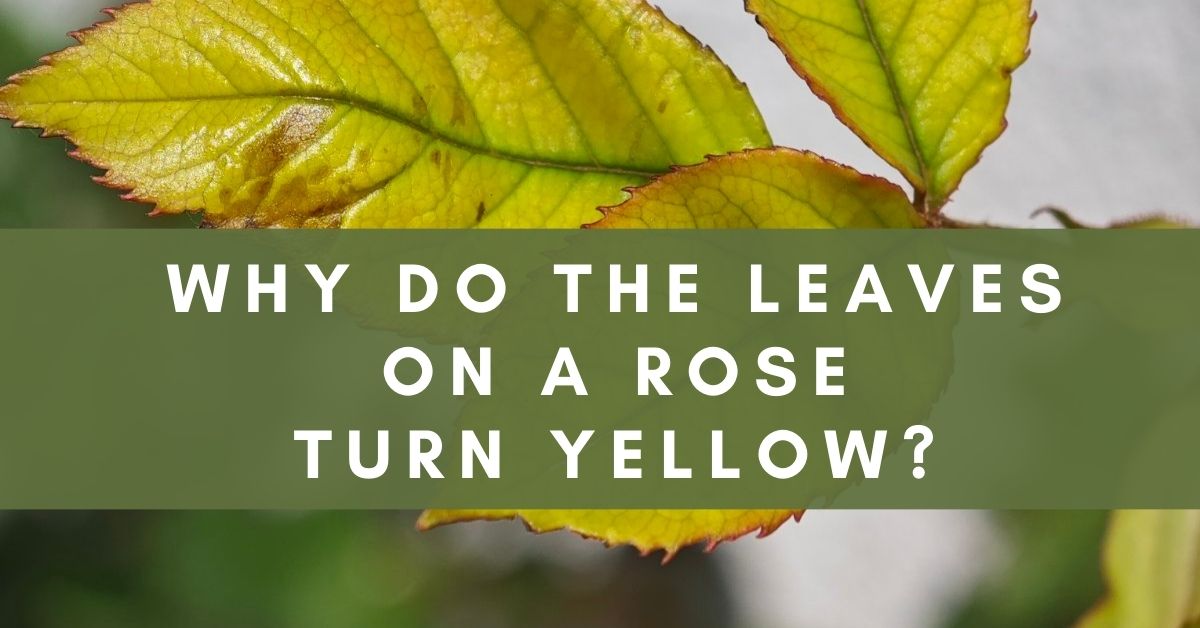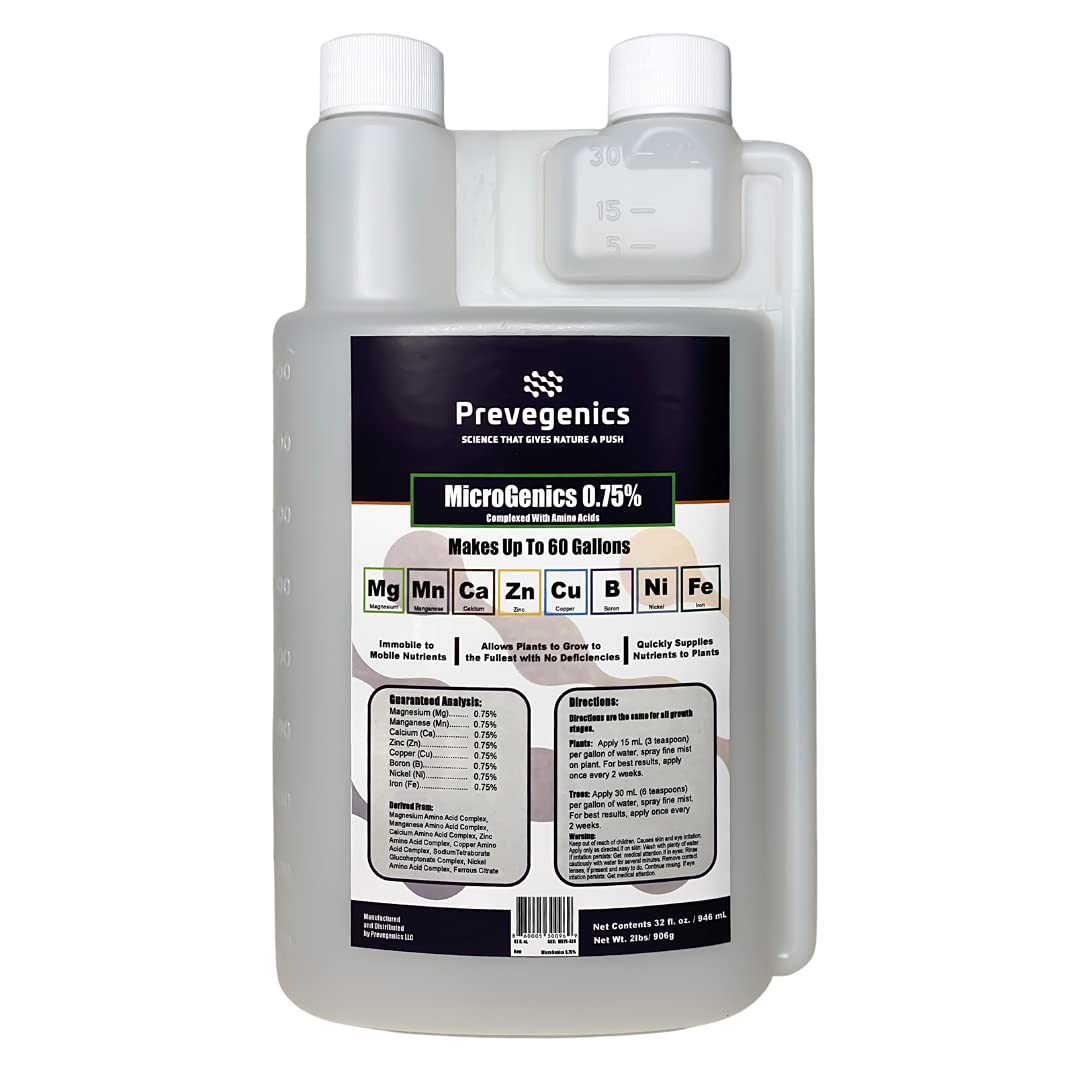Probably every gardener has encountered such a disease as chlorosis in plants. Roses can also be susceptible to this disease.
If you notice that the leaves have turned yellow, but the veins remain green, as in the photo below. This is a sign of chlorosis.
Let’s figure out what it is and how to deal with it.

What is it?
Chlorosis represents a significant threat to plants. It disrupts photosynthesis and causes leaves to turn yellow, shrink, and eventually fall off due to a lack of chlorophyll. No crop is immune to its effects; its severity can lead to stunted growth and even bud failure.
Once chlorosis sets in, prevention proves far more effective than treatment. Recognizing its early signs enables proactive management. Multiple factors can trigger chlorosis, including infections, bacteria, fungi, insects, and excessive moisture. For instance, prolonged rains can deprive roots of oxygen, hindering nutrient absorption.
How to reduce the risk of chlorosis in roses
Establishing a robust root system in the initial years significantly reduces the risk of chlorosis in roses. Therefore, stimulating root growth during this period becomes crucial. When a rose bush contracts chlorosis, avoid excessive watering or nitrogen fertilization until recovery. Treatment involves addressing iron, magnesium, sulfur, zinc, and calcium deficiencies and administering appropriate medications. Identifying specific deficiencies based on leaf symptoms guides targeted interventions.
Various types of chlorosis exist:
Iron Chlorosis is familiar and recognizable by uniformly yellow leaf blades with green veins. It mainly affects young leaves. Planting in calcareous soil exacerbates iron deficiency.
If I notice the yellowing of young leaves in my garden, I immediately make an iron chelate.



To do this, take one tablespoon of iron sulfate and half a tablespoon of citric acid. Stir these two substances in a liter of water until dissolved. Then, dilute our solution in 10 liters of water. Now your remedy is ready. Pour well under the root of rose bushes affected by chlorosis. This procedure must be repeated 2-3 times with a break of 4-5 days until the plant recovers.
Magnesium Chlorosis: Initially affects lower leaves, with yellowing spreading from the edges to the entire leaf blade. Roses in sandy soil are more susceptible.
Sulfuric Chlorosis: Characterized by yellowing of veins on young leaves, gradually spreading to the spaces between veins.
Zinc Chlorosis: Manifests as yellow, orange, or red spots on old leaves due to zinc deficiency.
Viral Chlorosis Results from viral infections transmitted by insects. If conventional treatments fail, uprooting and burning the infected bush becomes necessary.
Here is a great solution to treat chlorosis—an excellent cocktail of a complex of chelates necessary for roses.
Additional deficiencies, such as magnesium and boron, exhibit distinct symptoms, including yellowing and curling of old and young leaves, respectively. Soil amendments, such as Magnesium Sulfate for magnesium deficiency, address specific nutrient imbalances.

Get Your Free Lunar Gardener's Calendar 2024!
Join the Lunar Gardening Revolution! Subscribe now to receive our exclusive Free Lunar Gardener’s Calendar for 2024. Harness the power of the moon to optimize your planting, nurturing, and harvesting.
Nitrogen chlorosis, prevalent in acidic soil, presents as yellowing of lower leaves. Nitrogen-based fertilizers like Ammonium Nitrate can mitigate this, though timing is crucial. Alternately, potassium humate followed by sodium humate application proves effective.
It is essential to distinguish between chlorosis and nitrogen deficiency. Nitrogen deficiency primarily affects lower leaves, with yellowing starting at the veins and gradually spreading. It often occurs in acidic soils and responds to nitrogen fertilizers.
Prevention – against yellow leaves on roses
Preventive measures include promptly incorporating organic matter and mineral fertilizers into the soil. Comprehensive fertilizers containing essential plant nutrients are advisable for uncertain soil deficiencies. Additionally, disinfecting garden tools, soil, and seeds and employing pest control measures help prevent viral chlorosis transmission.


